|
Sleeves can sometimes make or break a clothing item. Not only are they essential for comfort and functionality, their style has a huge impact on a garment aesthetically. There are a variety of different sleeve types out there ranging from simple to very unique in shape and design. No matter how complicated the design however, all sleeves are derived from just a few classic silhouettes. These basic silhouettes act as a building block both in the sewing as well as design process. From a construction standpoint, sleeves have always been a bit challenging to sew, especially for sewing beginners. Below, we'll introduce you to 25 sleeve styles you should know and the challenges you may face in their construction process. SleevelessAlthough sleeveless is not necessarily a type of sleeve, understanding what sleeveless means is a good place to start if you are trying to get a better grip on sleeve construction. Just as the name suggests, a sleeveless garment has no sleeves. A sleeveless garment has armholes that are clean-finished using a variety of different sewing techniques.
Sleeveless clothing items can have different size armholes and be shaped in a range of styles. Some sleeveless garments feature very wide, deep curves at the armhole's bottom while others extended towards the neckline to form a thinner shoulder strap. Regardless of style, if a clothing item lacks sleeves or any form of arm coverage, it is safe to say that it can be classified as sleeveless. Sewing Difficulty: Thankfully, with a sleeveless clothing item, you don't have to worry about sewing in a sleeve which can prove to be quite challenging (especially for sewing beginners). Clean finishing armhole edges however does require some special attention along the more curved underarm areas. If you are a beginner, you should feel comfortable sewing a sleeveless garment and clean-finishing armhole edges first before tackling the unique task of sleeves. Clean finishing armhole edges will get you accustomed to working with the more challenging curved edges of a garment which will ultimately get you one step closer to sewing that perfect sleeve. The most common methods for clean finishing armhole edges are by using binding (for more casual, lightweight apparel), armhole facing, or applying trims and other decorative techniques.
2 Comments
1. If it uses more fabric, it should be more expensive. It couldn't be farther from the truth. Just because a clothing item uses a lot more yardage of fabric does not mean that it should automatically cost more. Although the amount of fabric used is certainly important, it is not the sole factor that determines the price of a garment. If we break down how fabric affects the cost of a clothing item, then quality and content is always at the forefront.
Natural fibers and some embellished fabrics will often cost more per yard then commonly-used, synthetic fabrics. For that reason, it is quite acceptable that the price of a clothing item that uses less fabric is sometimes more expensive due to the higher cost of the fabric per yard. A polyester maxi dress requires more fabric but will most likely be less expensive than let's say a silk charmeuse sleeveless blouse that doesn't require as much material. The difference is in the quality and cost of the fabric alone- silk is a pricier, more luxurious fabric that is not as readily-available and massively produced at lower costs as synthetic polyester is. 1. Blouses and dresses pulling across the chest area. A blouse or dress that pulls across the chest is most often caused by the lack of bust darts at the garment's side seams. Bust darts are produced by sewing in excess fabric on a garment into triangle shapes. All darts have vanishing points and dart legs which essential makes them look like triangles or angles on a sewing pattern. Bust darts are added horizontally from side seam inward in order to create a more 3-dimensional shape around a woman's bust area. Bust darts are essential in allowing the fabric (which is 2-dimensional) to mold around the organic areas of the human form allowing for a comfortable fit. When bust darts are missing, a woven garment that is more form-fitting in design will often pull across the chest area not only creating fit issues, but also causing aesthetic inconsistencies. Missing bust darts is perhaps the most common fit issue that is caused at the construction level. One of the main reasons manufacturers/designers avoid adding bust darts is due to the increasing cost of production. It simply costs more money to add the extra steps of marking and sewing darts. However, darts are essential in providing the correct fit and comfort in more form-fitting, woven styles. You'll notice a woven clothing item pulling horizontally across the chest area most commonly with button down blouses- When the blouse is buttoned all the way up, the front pulls across the chest and forms a gap where the buttons close at the bust area. Unfortunately, this is a fit issue that cannot be fixed once the garment is completed. Because the exclusion of darts happens so early on in the construction process at the pattern-making/design level, once the sewing patterns have been cut, it is impossible to add bust darts afterwards.
If you own a clothing item such as blouse or dress that pulls across the chest in an uncomfortable fashion, you can exchange the clothing item for a one that is a size up. If the garment in question is a button-up blouse, you can always layer it with a tank top underneath and wear it either fully unbuttoned or release the buttons where the blouse is pulling most. |
The Blog:A journey into our design process, sewing tutorials, fashion tips, and all the inspiring people and things we love. Doina AlexeiDesigner by trade and dressmaker at heart. I spend most of my days obsessing over new fabrics and daydreaming new ideas. Sadie
Executive Assistant & Client Relations Manager Archives
November 2019
Categories
All
|
-
Sewing Tutorials
-
Basics
>
- Aligning Pattern Grainlines To Fabric
- Preparing Fabrics For Sewing
- Pinning Sewing Patterns To Fabric
- Placing Sewing Patterns On Fabric For Cutting
- Rotary Cutters or Fabric Scissors?
- Cutting The Sewing Patterns
- What Are Notches And How To Use Them In The Sewing Process
- Transferring Notches From Pattern To Fabric
- Transferring Seamlines to Fabric
- Staystitching
- Backstitching: A Complete Guide
- Hand Basting: A Complete Guide
- Sewing Continuous Bias Binding
- Darts >
-
Sewing Seams
>
- The Basics Of Seams And Seam Allowance
- How To Sew A Straight Seam
- Sewing Curved Seams
- Sewing Corner Seams
- Trimming And Grading Seam Excess
- Notching/Clipping Seam Allowance for Tension Release
- Sewing Topstitched Seams
- Sewing Corded Seams
- Sewing A Slot Seam
- Sewing A Gathered Seam
- Sewing Bias Seams
- Sewing Seams With Ease
- Sewing Seams With Crossing Seamlines
- Sewing Unlike Fabric Seams
- How To Iron Seams: Ironing Tools And Conventions
- Sewing With Knit Fabrics
- Understanding Stitch Length And Tension
- Sewing Unique Fabric Seams
-
Seam Finishes
>
- Seam Finishing Techniques - Overview
- Applying A Pinked Seam Finish
- Applying A Bias Bound Seam Finish
- Serging And Zigzag Seam Finishes
- Sewing A Self-Bound Seam Finish
- Sewing A French Seam Finish
- Sewing A Hong Kong Seam Finish
- Sewing A Mock French Seam Finish
- Sewing A Turned-and-Stitched Seam Finish
- Sewing Overcast Hand-Applied Seam Finishes
- Sewing A Flat Felled Seam
- Sewing A Hairline Seam Finish
-
Hem Finishes
>
- Garment Hem Finishes: Overview
- Sewing A Double Fold Hem Finish
- Sewing A Single Fold Hem Finish
- Sewing Bound Hem Finishes
- Sewing An Exposed Double Layer Bound Hem
- Sewing A Folded-Up Bound Hem with Pre-folded Binding
- Sewing A Hong Kong Hem Finish
- Sewing A Band Hem Finish
- Sewing A Bias Faced Hem Finish
- Sewing A Twill Tape Hem Finish
- Sewing A Rolled Hem Finish
- Sewing A Shaped Hem Facing
- Using Fusible Hem Tape And Webbing
- Finishing A Lace Fabric Hem
- Finishing A Leather Hem
- Sewing Faced Hem Corners
- How To Finish Lining At The Hem
- Finishing Fabric Corners by Mitering >
- Interfacing A Hemline: Lined And Unlined Examples
-
Sewing Pockets
>
- Curved Patch Pocket With Flap
- Unlined Square Patch Pockets
- Lined Patch Pockets: Two Ways
- Extension On-Seam Pockets
- Separate On-Seam Pocket
- Front Hip Pockets
- Bound Double Welt Pocket
- Double Welt Pocket With Flap
- Self-Welt Pocket (Using Single Fabric Layer)
- Slanted Welt Pocket (Hand-Stitched)
- Faced Slash Pockets: Overview >
-
Sewing Zippers
>
- Sewing Zippers: General Information
- Sewing A Centered Zipper
- Sewing A Lapped Zipper
- Sewing An Invisible Zipper
- Sewing A Fly Front Zipper
- Sewing A Closed-End Exposed Zipper (No Seam)
- Sewing An Exposed Separating Zipper
- Sewing Hand Stitched Zipper Applications
- Sewing A Zipper Underlay
- Sewing A Placket-Enclosed Separating Zipper
- Sleeveless Finishes >
-
Neckline Finishes
>
- Sewing A Neck Shaped Facing
- Sewing An All-In-One Neck Facing
- Neck And Garment Opening Combination Facings >
- Sewing A Bias Faced Neckline Finish
- Sewing A Band Neckline Finish
- Bound Neckline Finishes: Overview >
- Sewing A Semi-Stretch Strip Band Neckline
- Ribbed Neck Band And Classic Turtleneck
- Decorative Neckline Finishes >
- Finishing Facing Edges >
-
Extras
>
- A Complete Guide on Interfacing
- Sewing Bound Spaghetti Straps
- Sewing Spaghetti Straps To A Faced Neckline
- Sewing Ruffles: Overview
- Patterning And Sewing A Circle Ruffle
- Sewing A Gathered Heading Ruffle
- Sewing Double Layer Gathered Ruffles
- Sewing A Gathered Ruffle Into A Seam
- Sewing A Gathered Ruffle To A Fabric Edge
- Sewing A Fabric Surface Slit
- Sewing A Slit Seam
- Hand-Applied Straight Stitches
- Hand-Applied Blind Stitches
- Hand-Applied Overedge Stitches
- Hand-Applied Tack Stitches
- Hand-Applied Decorative Stitches
-
Basics
>
- Custom Bridal
- Custom Apparel
- About
- Blog
Services |
Company |
|

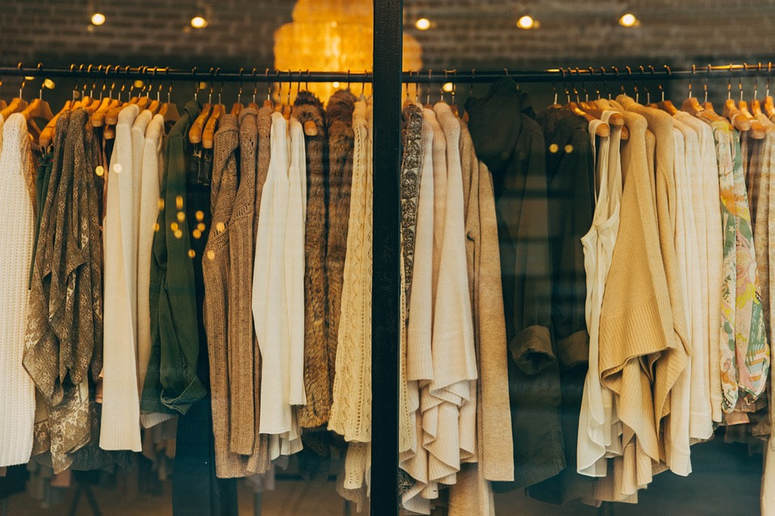

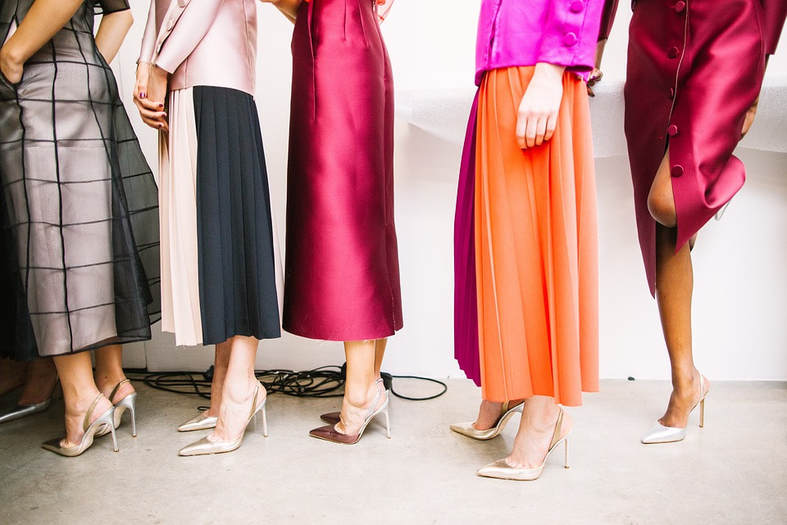
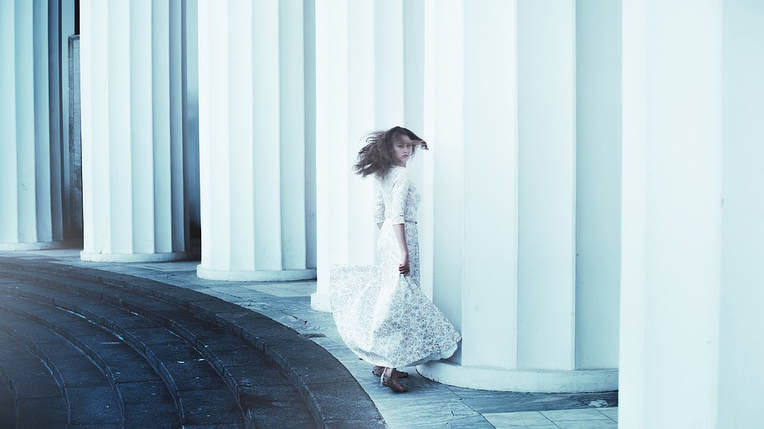
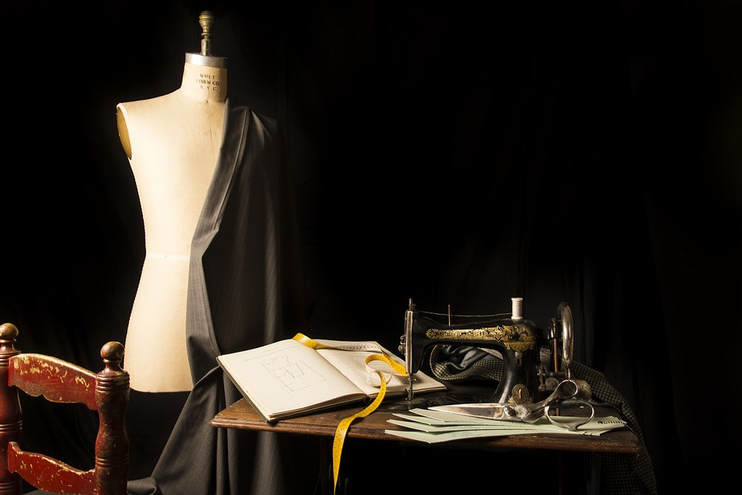
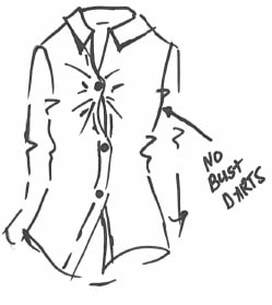
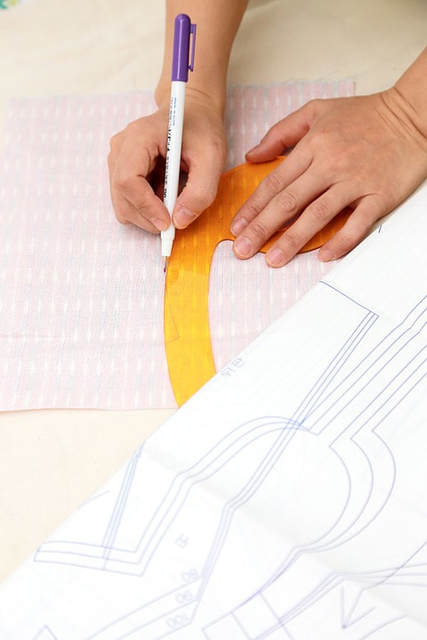


 RSS Feed
RSS Feed

